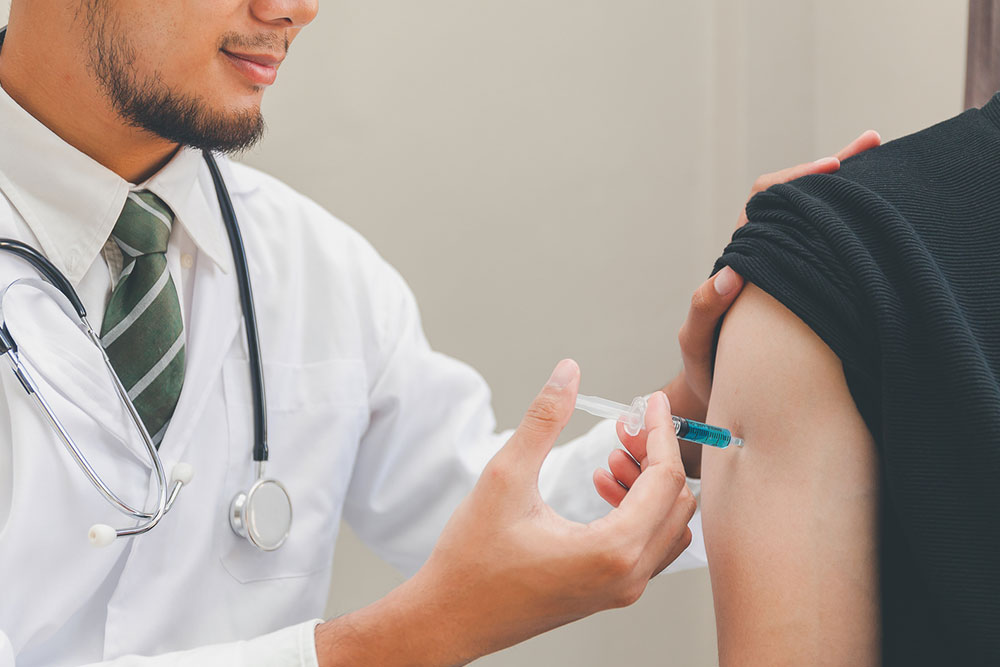4 things to know about the Novavax vaccine

In the fight against COVID-19, vaccines represent a crucial defense against the virus. The Novavax vaccine, among others, has garnered significant attention for its potential to contribute to the global vaccination effort. Gaining insight into its working, eligibility and status will help individuals make informed decisions in consultation with healthcare professionals. Here are four pertinent points to help better understand the vaccine and how it works.
Is the Novavax Vaccine Authorized?
The Novavax vaccine is available under emergency use authorization (EUA) to prevent COVID-19 in individuals 12 years of age and older.
How Does Novavax Vaccine Work?
The vaccine employs a conventional virus-blocking technique where the nanoparticulate does not have any genetic material, ensuring it cannot cause illness.
Here is how it works:
Introduction of Spike Protein : When one gets the Novavax vaccine, one’s body receives the spike protein, which is like a harmless piece of the COVID-19 virus.
Immune Response : One’s immune system sees this spike protein as an intruder and produces antibodies and T-cells to fight the perceived threat.
Memory : Importantly, the immune system “remembers” how to fight this spike protein. So, if one encounters the actual virus in the future, one’s immune system can swiftly eliminate the threat.
Who Is Eligible For Novavax Vaccine?
The Novavax vaccine is available for anyone aged 12 or older. It is recommended to be taken twice, administered with a gap of three to eight weeks between them.
Are There Any Side Effects to Novavax Vaccines?
Like all vaccines, the Novavax vaccine may cause side effects, like redness or swelling, fatigue, headache, chills or fever, muscular pain, nausea, vomiting, or joint discomfort. Some individuals may be asked to follow up with their healthcare provider for up to two months after taking the vaccine twice to monitor their health.
One should remember that the severity of symptoms may vary from person to person. While some individuals might not experience any effects, others may encounter mild to moderate discomfort. Given this variability, it is advisable to consult a healthcare professional regarding one’s current health condition to determine if the Novavax vaccine is suitable for one.
Source:
https://www.yalemedicine.org/news/novavax-covid-vaccine
https://www.fda.gov/vaccines-blood-biologics/coronavirus-covid-19-cber-regulated-biologics/novavax-covid-19-vaccine-adjuvanted

